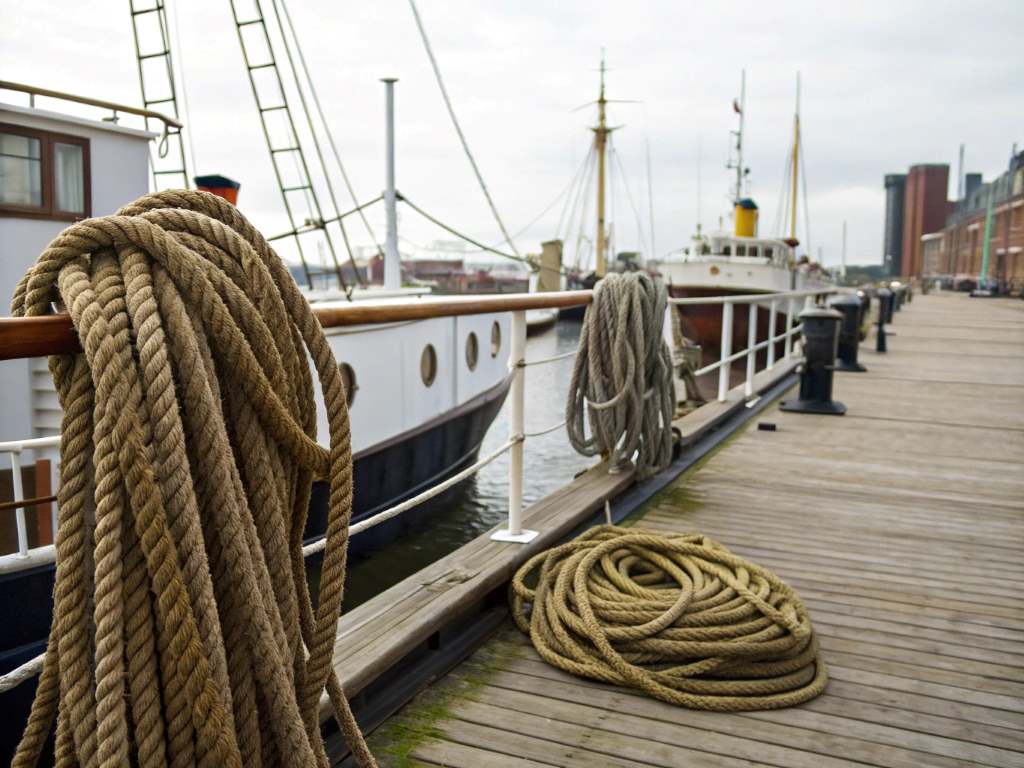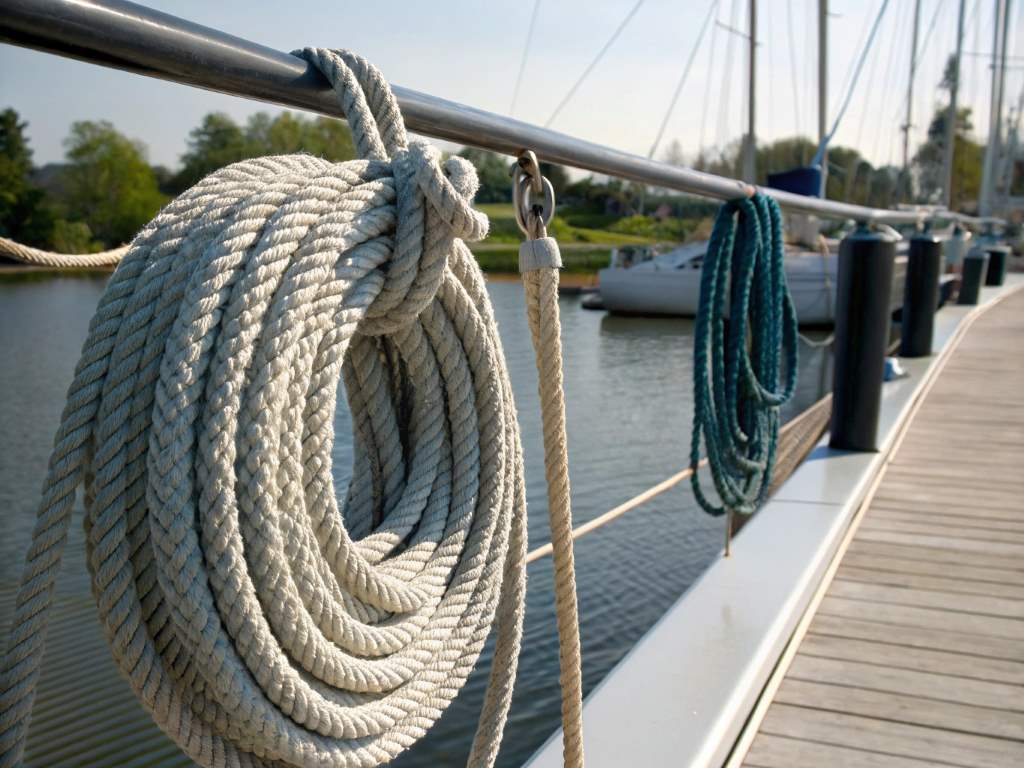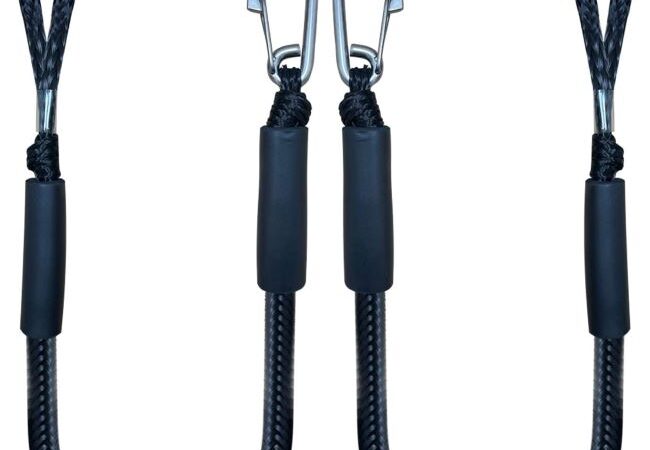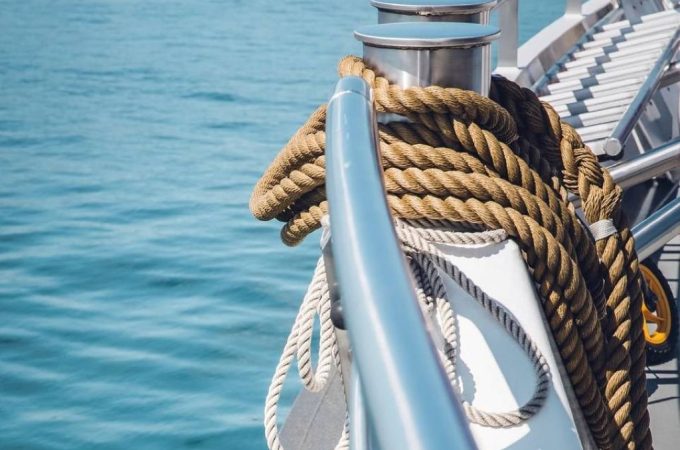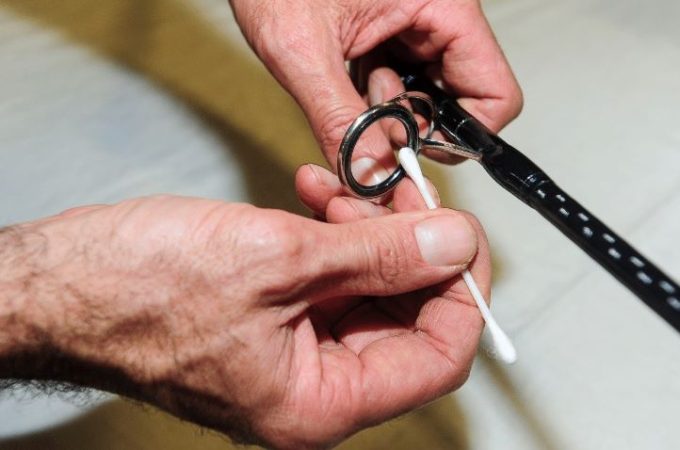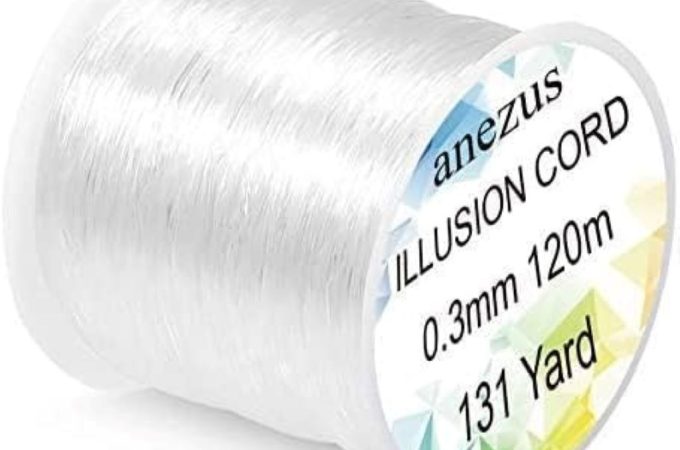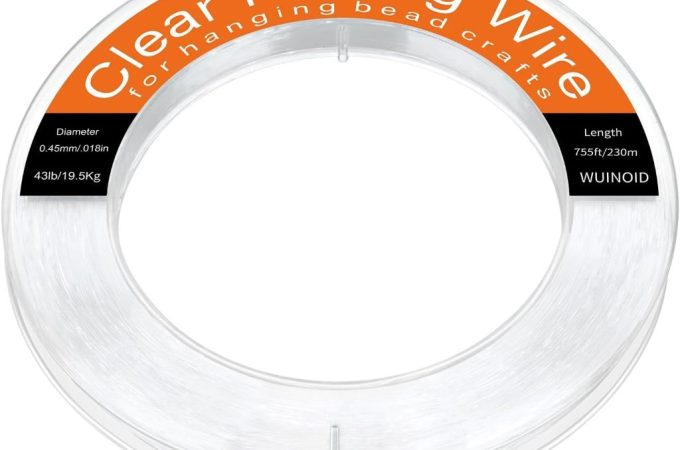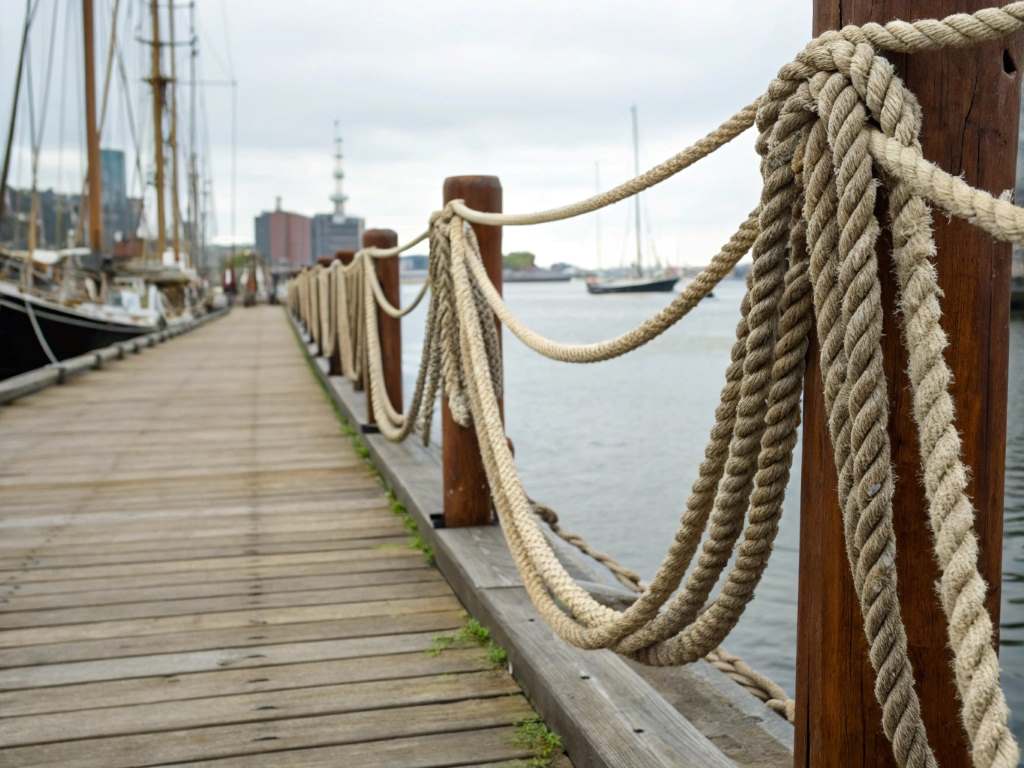
Top 10 Shipping Ropes for Boats, Docks, and Maritime Hauling: A Comprehensive Guide for Safer Sailing
In the vast world of maritime operations, the humble rope is a quiet workhorse. Whether you’re tethering a dinghy, securing cargo, or anchoring a massive vessel, the choice of rope can be the fine line between smooth sailing and a costly mishap. This guide unveils the top 10 shipping ropes that stand out in terms of strength, versatility, and reliability.
Contents at a Glance
ToggleFrom nylon’s reliable stretch to Dyneema’s steel-beating strength, every rope here has earned its stripes. If you’re navigating the waters—figuratively or literally—this guide will help you choose wisely.
Top 10 Shipping Ropes for Boats, Docks, and Maritime Hauling
Nylon Rope: Built for Impact and Reliability
Nylon is the go-to rope for boaters who value shock absorption and durability. It’s a synthetic rope that stretches under load—making it perfect for mooring and anchor lines. In rough conditions, it flexes instead of snapping, absorbing shocks from waves and wind like a pro.
Pros:
- High tensile strength
- Superior shock absorption
- Excellent abrasion and UV resistance
Cons:
- Absorbs water and loses up to 15% strength
- Can become stiff after drying
Best For: Mooring lines, dock lines, anchor rodes, towing applications.
Polyester Rope: The Durable Low-Stretch Option
Polyester ropes rival nylon in strength but outperform it in UV resistance and water resilience. They maintain their integrity when wet and don’t stretch much, making them excellent for sailing and docking.
Pros:
- High UV and abrasion resistance
- Low stretch and water absorption
- Maintains strength wet or dry
Cons:
- Heavier than nylon
- Doesn’t float
Best For: Sailboat sheets and halyards, mooring lines, winch lines.
Polypropylene Rope: The Floating Budget Rope
Need a rope that floats and doesn’t break the bank? Enter polypropylene. While not as strong as nylon or polyester, it’s perfect for water safety, dinghy lines, and other lightweight tasks.
Pros:
- Floats on water
- Lightweight and cost-effective
- Decent chemical resistance
Cons:
- Weaker tensile strength
- Low UV and abrasion resistance
Best For: Throw ropes, life-saving lines, dinghy painters.
Dyneema® Rope: Light as a Feather, Stronger than Steel
This high-performance rope is for those who demand extreme strength without the weight. Dyneema is often found in racing yachts and commercial vessels, where performance can’t be compromised.
Pros:
- Stronger than steel wire of the same diameter
- Floats and resists UV, water, and chemicals
- Virtually no stretch
Cons:
- Higher cost
- May require protective jackets for handling
Best For: Racing lines, tow lines, industrial rigging.
Spectra® Rope: The Competitor to Dyneema
Spectra, another UHMWPE rope, closely rivals Dyneema in strength and features. Often chosen for its performance in static, high-load applications, it’s an excellent alternative in many marine tasks.
Pros:
- Very high strength-to-weight ratio
- Low stretch and high durability
- Excellent for UV, abrasion, and chemical resistance
Cons:
- Similar price range as Dyneema
- Not ideal for dynamic load scenarios without protection
Best For: Mooring lines, standing rigging, industrial towing.
Aramid Rope (Kevlar®, Technora®): Heat and Cut Resistant
Aramid fibers are made for extreme conditions. Known for their heat resistance and minimal stretch, these ropes are used where traditional fibers just can’t survive.
Pros:
- Withstands high heat
- Extremely strong with little stretch
- Excellent cut and abrasion resistance
Cons:
- Sensitive to UV without a protective sheath
- Stiffer handling
Best For: High-temp rigging, rescue operations, industrial hoisting.
Manila Rope: The Traditional Natural Classic
Though now largely replaced by synthetics, manila ropes are still admired for their grip and appearance. They’re biodegradable, making them an eco-conscious choice for specific uses.
Pros:
- Natural fiber, biodegradable
- Great knot-holding ability
- Classic aesthetic appeal
Cons:
- Prone to rot and mildew
- Weakens in sunlight and when wet
Best For: Decorative rigging, maritime-themed settings, light-duty use. Discover Best Rope for Hammock Suspension System.
Synthetic Hemp (Hempex or Unmanila): Natural Looks, Synthetic Performance
Love the look of manila but want better durability? Synthetic hemp ropes provide that old-world charm with modern strength.
Pros:
- Weather, UV, and rot resistant
- Aesthetic appeal of natural fiber
- Doesn’t shrink when wet
Cons:
- Not as strong as high-performance synthetics
- Can vary in feel depending on blend
Best For: Decorative uses, handrails, historical boats.
Polydac (Polyester/Polypropylene Blend): The Best of Both Worlds
By blending two fibers, Polydac ropes strike a balance between strength, durability, and buoyancy. They are soft, strong, and easy to handle.
Pros:
- Floats due to polypropylene core
- Polyester sheath protects against abrasion
- Softer than pure polypropylene
Cons:
- Not as strong as pure polyester
- Can degrade faster than nylon or Dyneema
Best For: Tow lines, dock lines, general utility rope.
Wire-Synthetic Combination Ropes: Power Meets Precision
In critical industrial settings, hybrid ropes blend wire with synthetic materials. These ropes provide unmatched strength and durability for the most demanding maritime tasks.
Pros:
- Massive load capacity
- Tailored construction for specialized jobs
- Long-lasting in harsh conditions
Cons:
- Expensive and niche-specific
- Heavy and less flexible
Best For: Maritime salvage, offshore towing, heavy lifting operations.
Top Considerations When Choosing Marine Ropes
Application Specificity
First, define the rope’s role. A mooring line needs stretch and strength. A halyard demands minimal elongation. Matching the rope to its job is key.
Environment
Will the rope be exposed to saltwater, sun, or abrasive surfaces? Choose one with appropriate resistance—like polyester for UV or Dyneema for wet strength.
Stretch Factor
High-stretch ropes (nylon) absorb shock. Low-stretch ropes (Dyneema, aramid) provide control and stability.
Rope Construction
- 3-Strand Twisted: Traditional and affordable.
- Double Braid: High-performance, soft, and durable.
- 8-Strand Plaited: Flexible, balanced for heavy-duty anchoring.
Consider how easy it is to clean, dry, and inspect the rope. Avoid natural fibers if mildew is a concern.
Frequently Asked Questions
What is the most durable rope for marine use?
Dyneema® ropes are currently the most durable, offering the highest strength-to-weight ratio and resistance to UV, water, and chemicals.
Which rope is best for dock lines?
Nylon is ideal for dock lines due to its stretch and shock absorption. For a softer feel, use double-braid nylon.
Can I use polypropylene for anchoring?
It’s not recommended due to low strength and stretch. Nylon or polyester is better for anchoring.
Does rope thickness matter?
Yes, thicker ropes generally handle more load but may be harder to handle or knot. Always refer to manufacturer specs.
Do floating ropes weaken over time?
Yes, especially polypropylene ropes if exposed to UV for long periods. Look for UV-stabilized variants for better performance.
Is natural rope a good choice for marine use?
Only for decorative purposes. It degrades quickly when exposed to moisture, sun, and marine organisms.
Conclusion
Ropes may seem simple, but choosing the right one can have massive consequences in maritime settings. Whether you’re mooring a weekend sailboat or coordinating a heavy lift on an oil rig, understanding each rope’s strengths and limitations is essential.
From budget-friendly polypropylene to high-tech Dyneema, there’s a marine rope tailored for every need. Prioritize safety, environmental conditions, and application-specific features when making your choice. And above all, never compromise on quality—it might just save your gear or your life.

